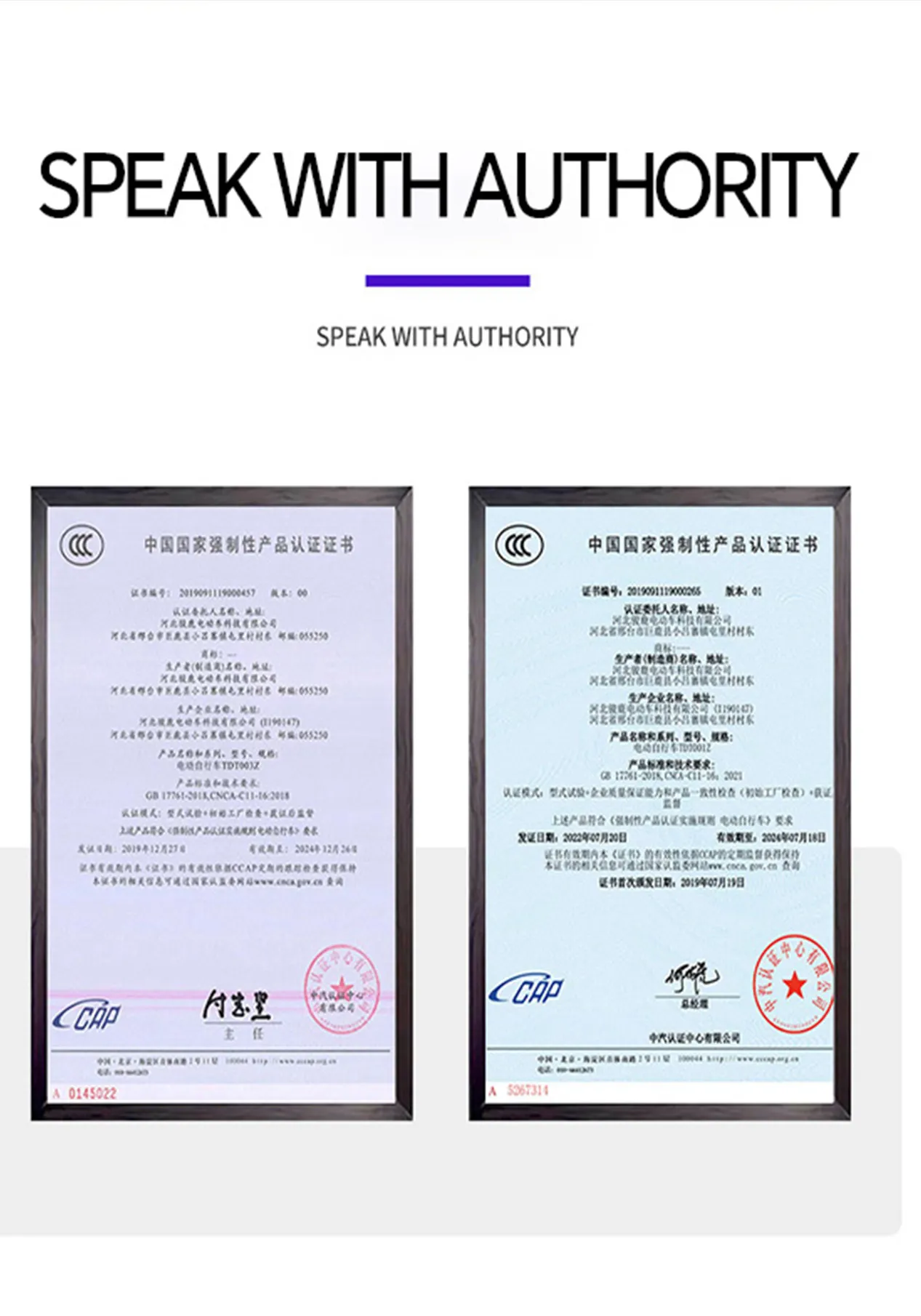
- Afrikaans
- Albanian
- Amharic
- Arabic
- Armenian
- Azerbaijani
- Basque
- Belarusian
- Bengali
- Bosnian
- Bulgarian
- Catalan
- Cebuano
- Corsican
- Croatian
- Czech
- Danish
- Dutch
- English
- Esperanto
- Estonian
- Finnish
- French
- Frisian
- Galician
- Georgian
- German
- Greek
- Gujarati
- Haitian Creole
- hausa
- hawaiian
- Hebrew
- Hindi
- Miao
- Hungarian
- Icelandic
- igbo
- Indonesian
- irish
- Italian
- Japanese
- Javanese
- Kannada
- kazakh
- Khmer
- Rwandese
- Korean
- Kurdish
- Kyrgyz
- Lao
- Latin
- Latvian
- Lithuanian
- Luxembourgish
- Macedonian
- Malgashi
- Malay
- Malayalam
- Maltese
- Maori
- Marathi
- Mongolian
- Myanmar
- Nepali
- Norwegian
- Norwegian
- Occitan
- Pashto
- Persian
- Polish
- Portuguese
- Punjabi
- Romanian
- Russian
- Samoan
- Scottish Gaelic
- Serbian
- Sesotho
- Shona
- Sindhi
- Sinhala
- Slovak
- Slovenian
- Somali
- Spanish
- Sundanese
- Swahili
- Swedish
- Tagalog
- Tajik
- Tamil
- Tatar
- Telugu
- Thai
- Turkish
- Turkmen
- Ukrainian
- Urdu
- Uighur
- Uzbek
- Vietnamese
- Welsh
- Bantu
- Yiddish
- Yoruba
- Zulu
Jul . 25, 2024 09:41 Back to list
Tips for Properly Adjusting the Front Derailleur of Your Mountain Bike for Optimal Performance
Adjusting the Front Derailleur on a Mountain Bike
A well-functioning front derailleur is crucial for smooth gear shifting on a mountain bike. Proper adjustment not only enhances your riding experience but also ensures optimal performance of your bike over various terrains. This article will guide you through the steps to adjust the front derailleur effectively.
Understanding the Front Derailleur
The front derailleur is the component that shifts the chain between the chainrings (the gears located on the crankset). It is typically mounted on the frame just above the chainrings and operates through a cable connected to the shifter on the handlebars. When you shift gears, the cable pulls or releases the derailleur, guiding the chain onto the selected chainring.
Tools Required
Before you begin, gather the necessary tools - A 5mm Allen wrench - A Phillips screwdriver - Chain lubricant - A bike stand (optional but recommended)
Initial Inspection
Start by examining the derailleur. Ensure that it is clean and free from any dirt or debris that could interfere with its operation. Check the cable for fraying and inspect the derailleur for any signs of damage. If the cable is worn out, replace it before proceeding with adjustments.
Step-by-Step Adjustment
adjusting the front derailleur on a mountain bike

1. Position the Bike Secure your bike in a bike stand or lean it against a wall. Shift the chain onto the smallest chainring and the smallest rear cog. This position relieves tension on the derailleur cable and makes adjustments easier.
2. Adjusting the Limit Screws The front derailleur has two limit screws, usually marked as 'Low' (L) and 'High' (H). The Low limit screw controls how far the derailleur can move towards the smaller chainring, while the High limit screw governs movement towards the larger chainring.
- Low Limit Adjustment If the chain falls off the inner chainring, adjust the Low screw by turning it clockwise to raise the derailleur slightly or counterclockwise to lower it. Ensure that there is a small gap (about 1-2mm) between the derailleur chain guide and the chain when in the small chainring.
- High Limit Adjustment To prevent the chain from falling off the outer chainring, shift the chain onto the larger chainring. Adjust the High screw in a similar manner. Again, aim for about 1-2mm clearance between the outer chain guide and the chain.
3. Cable Tension Adjustment Once the limit screws are properly set, you may need to adjust cable tension. If the derailleur struggles to shift to the larger chainring, increase cable tension by pulling on the cable and tightening the barrel adjuster located near the shifter. If the derailleur is hesitant to shift back to the smaller chainring, reduce tension.
4. Fine-Tuning Shifts With the limits and cable tension adjusted, perform a series of shifts. Make minor tweaks to the cable tension as necessary for smooth transitions between the chainrings. You may also need to revisit the limit screws if you notice any issues during these tests.
5. Final Check Once you’re satisfied with the shifting performance, check the derailleur alignment to ensure it is parallel to the chainrings. Make any final adjustments to achieve optimal alignment.
Conclusion
Adjusting the front derailleur is an essential skill for any mountain biker looking to enhance their riding experience. With patience and attention to detail, you can ensure that your bike shifts smoothly and efficiently, allowing you to conquer any trail with confidence. Regular maintenance and adjustments can prolong the life of your bike's components, ensuring that adventures on the trails remain enjoyable and trouble-free.
-
The Ultimate Kids' Four-Wheeler Experience
NewsJul.09,2025
-
The Ultimate Guide to Mountain Bikes: Gear Up for Your Ride
NewsJul.09,2025
-
The New Age of Cycling: Electric Bikes for Every Rider
NewsJul.09,2025
-
The Best Kids Bicycles: Ride in Style and Safety
NewsJul.09,2025
-
The Best 3-Wheel Scooters for Kids: Fun, Safety, and Adventure
NewsJul.09,2025
-
Revolutionize Your Ride: Affordable Electric Bikes
NewsJul.09,2025
-
Finding the Perfect Mountain Bike for Every Rider
NewsJul.09,2025



